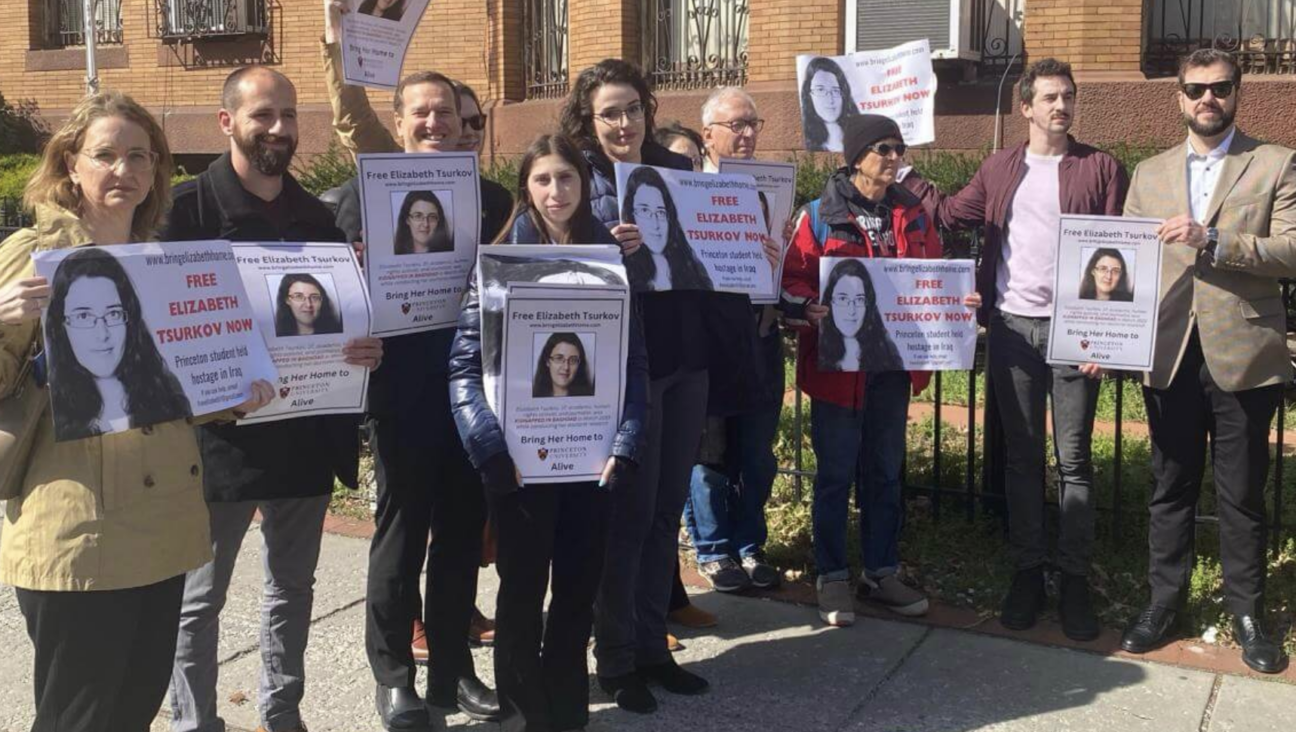Working Overtime To Ruin Overtime Pay
In America’s historic struggle to pull itself out of the Great Depression of the 1930s, one of the key pieces of legislation was the Fair Labor Standards Act, commonly called the Wage and Hour Law.
It set a minimum wage of 25 cents an hour — a ridiculously tiny sum by current standards, but a giant step up for workers who were being paid 5 and 6 cents an hour. The idea behind the law was to increase the buying power of those at the bottom of the economic totem pole with the expectation that a lift in their pay would help lift the economy by increasing the nation’s purchasing power to provide a greater market for our “market economy.”
The minimum wage was, however, only one half of the act. The other half pertained to working hours, and was a result of the argument, made by some observers, that technological advances had enabled one worker to turn out what once required two or three workers — causing massive unemployment. Indeed, some pointed an accusing finger at the “technocrats” as the culprits behind the Depression. The New Dealers reasoned that since workers had become able to produce more than in the past, there was no reason that so many workers should be sweating their lives away toiling 10 and 12 hours a day, seven days a week.
So the Fair Labor Standards Act set limits of eight hours a day and five days a week. But the law granted an exception to an employer who might have a rush order and a speedy delivery deadline. The law allowed the employer to have employees work longer hours, but it would have to compensate them at the rate of time-and-a-half for the overtime.
That law has been on the books for 66 years. It is so much a part of an accepted and acceptable system that no one has dared to challenge it — until the advent of the Bush regime. The first assault was a proposal that would allow an employer not to pay time-and-a-half, but instead give time off with straight pay. That would save money for the employer, but would cost workers the difference between straight-time pay and overtime pay.
And now comes a second assault based on a project proposed by the Labor Department. It would redefine what kind of work an employee did to determine which categories will be covered by the law and which will not. In this revision of eligibility, countless employees now covered by the law no longer will be covered.
When this proposal came before the Senate recently for legislative approval, the bill was killed when six Republican senators broke ranks and voted with the Democrats — against the wishes of the White House.
Many senators voted against the proposal not only to protect those who had been covered by the act in the past, but also because those losses in pay were also losses in buying power and a threat to the whole economy.
A message from our Publisher & CEO Rachel Fishman Feddersen

I hope you appreciated this article. Before you go, I’d like to ask you to please support the Forward’s award-winning, nonprofit journalism so that we can be prepared for whatever news 2025 brings.
At a time when other newsrooms are closing or cutting back, the Forward has removed its paywall and invested additional resources to report on the ground from Israel and around the U.S. on the impact of the war, rising antisemitism and polarized discourse.
Readers like you make it all possible. Support our work by becoming a Forward Member and connect with our journalism and your community.
— Rachel Fishman Feddersen, Publisher and CEO






















